Marcelo Coelho
Stunning explorations in physical interface design from an MIT Media Lab student

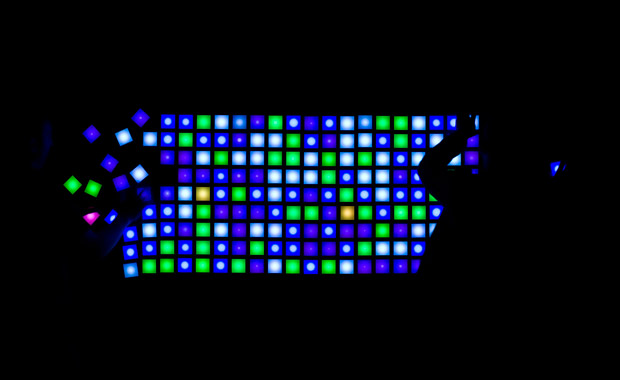
Boasting a list of innovations of sci-fi proportions, designer and researcher Marcelo Coelho paints a future that is both accessible and immediate. Referencing daily materials and human behavior, Coelho creates objects that feel technologically tailored and socially integrated. After completing his BFA in Computation Arts at Montreal’s Concordia University, Coelho relocated to Cambridge, MA, where he is currently a PhD candidate at the MIT Media Lab as a member of Fluid Interfaces Group. Focused on enhancing the human-computer relationship, Fluid designs interfaces that are as informational as they are experiential by seamlessly integrating digital content with the physical world.

Projects include luminary technology like Coelho’s magnetic lighting installation, “Six-Forty by Four-Eighty,” created in collaboration with studio partner (and co-creator behind the Rube Goldberg music video for OK Go) Jamie Zigelbaum for the 2010 Design Miami/Basel forum. The 220 pixel-tiles that comprise the installation are modified in color, wall placement and lighting speed, with the human touch serving as an inter-connective conduit between each tile. By bringing the pixels off the screen and on the wall, the focus is on “the materiality of computation itself”—an innovative concentration that earned Zigelbaum + Coelho the 2010 W Hotels Designer of the Future Award.
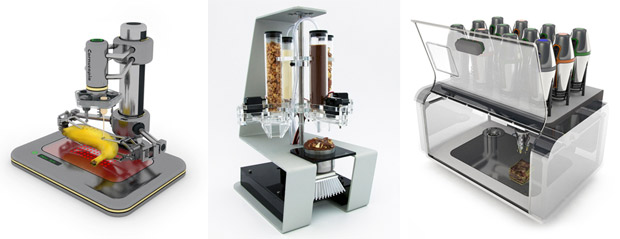
Merging the fundamentals of technology with edible essentials, Coelho (in collaboration with Amit Zoran) have pioneered the culinary futurism of “digital gastronomy” with a conceptual design called Cornucopia. Featuring four prototypes, the project examines the fusion of ingredients in harmony with new cooking modalities. “Cornucopia emerged from a desire to imagine what it would be like to cook with the aid of computer-controlled machines, which could not only help with the food manipulation process but also bring in massive amounts of information,” explains Coelho. Ranging from a customizing candy maker (The Digital Chocolatier) to a 3D food printer (The Digital Fabricator), each prototype encourages experimentation with food.
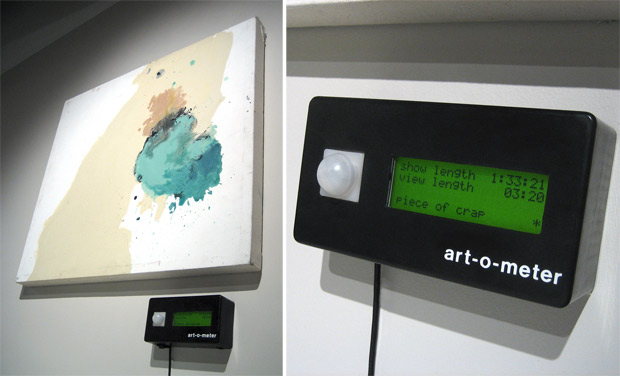
Coelho proves that the discerning palate isn’t just relegated to cooking with his Art-O-Meter prototype, a device that evaluates the artistic taste of an attending audience at an art exhibition. Using a sensor, the Art-O-Meter records the amount of time that the viewer stands in front of the artwork, which is measured against the total length of time for the exhibition. Despite the ingenuity of the product, Coelho indicates that the response was divided into two camps—”the people who loved it because now they could finally tell the good art from the bad art, and people who hated it because they believed that now science was able to measure the quality of an artwork in a quantitative way.”
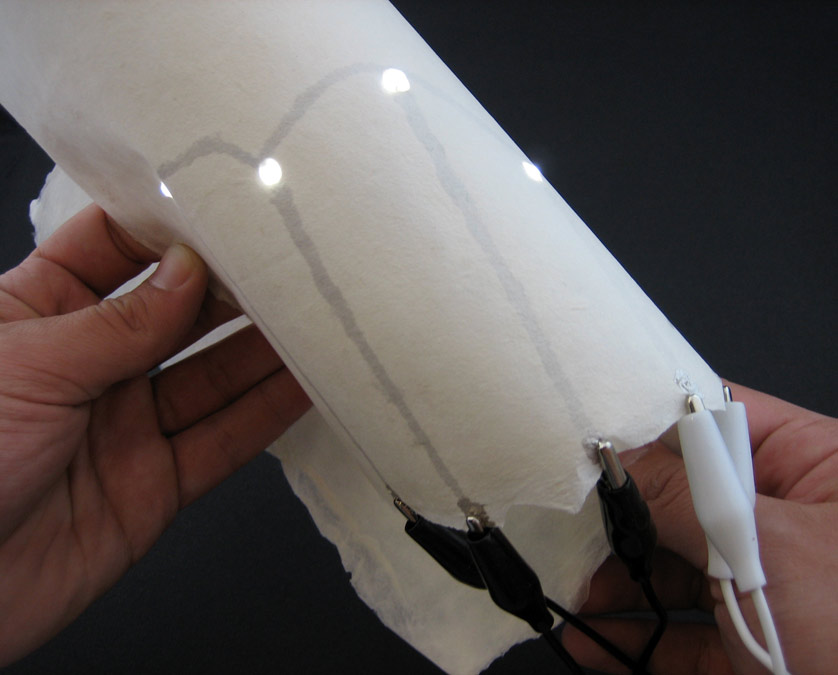
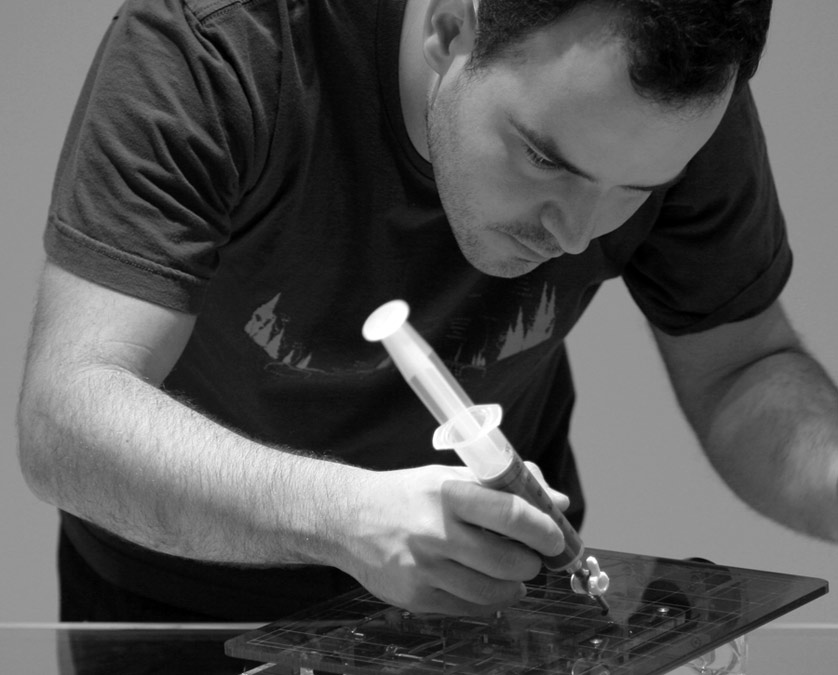
Again mixing organic materials with scientific application, Coelho creates computers out of a substrate of paper and circuit boards using a method dubbed “pulp-based computing” Coelho says this project “shows how we can create artifacts that behave in computational ways but still carry with them the physical and cultural qualities that we normally associate with paper.” He envisions this method as manifesting in the potential forms of self-updating boarding passes or digital newspapers that mimic the texture and behavior of the printed format.

Coelho continues to explore human interaction with technology through kinetic clothing designs created in conjunction with electronic textile studio, XS Labs. “Developing a new kind of kinetic fabric was a way to create a textile display that looked and felt like fabric, rather than an LED screen,” states Coelho. The designs display anthropomorphic functions like body heat activated coloration and a floral accent that blooms every 15 seconds.
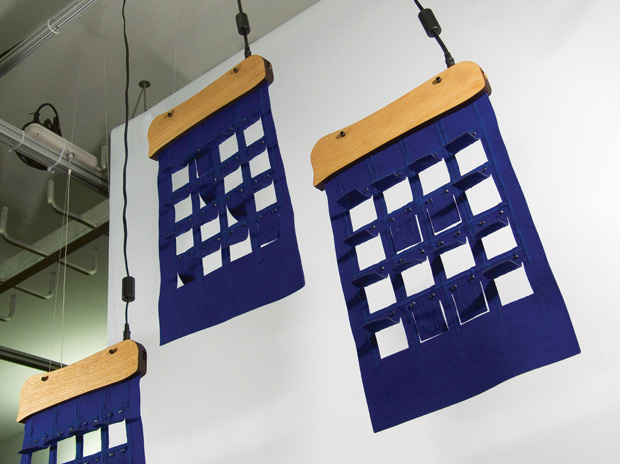
Looking towards the future, Coelho observes, “Technology plays an incredible role at reconfiguring how we experience the world and the really exciting part is that the human-computer chapter has barely started.”
Coelho’s luminescent installation project, “Six-Forty by Four-Eighty” will be on display at the W Hotels St. Petersburg Premiere Event and then at the Corcoran Gallery in Washington, D.C. in June 2011.
The Audi Icons series, inspired by the all-new Audi A7, showcases 16 leading figures united by their dedication to innovation and design.












